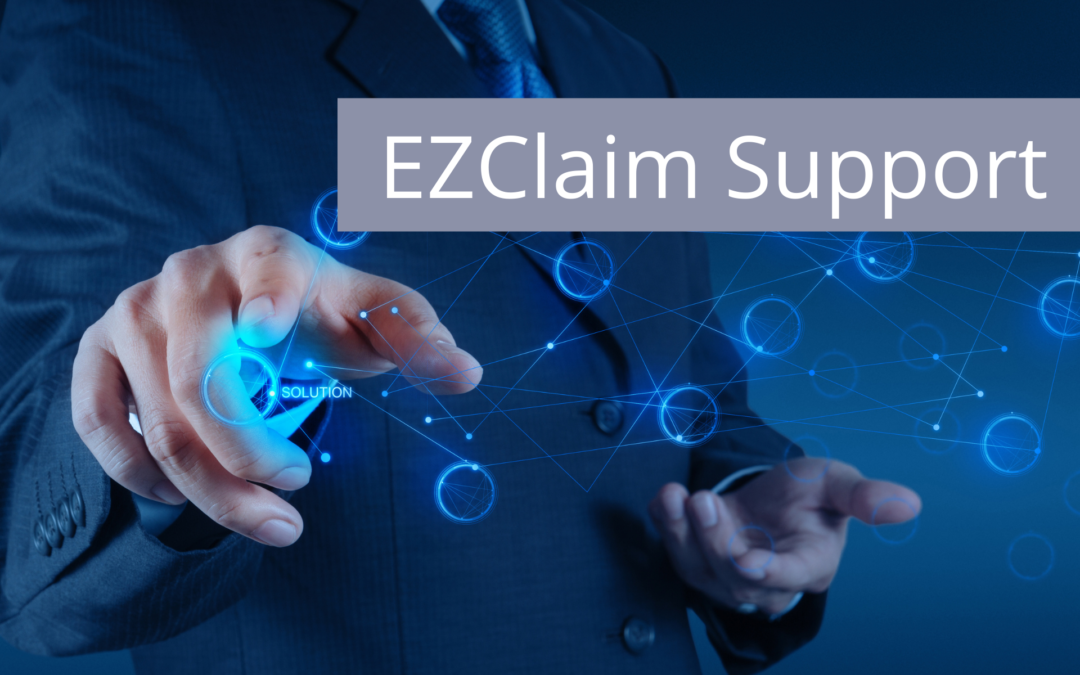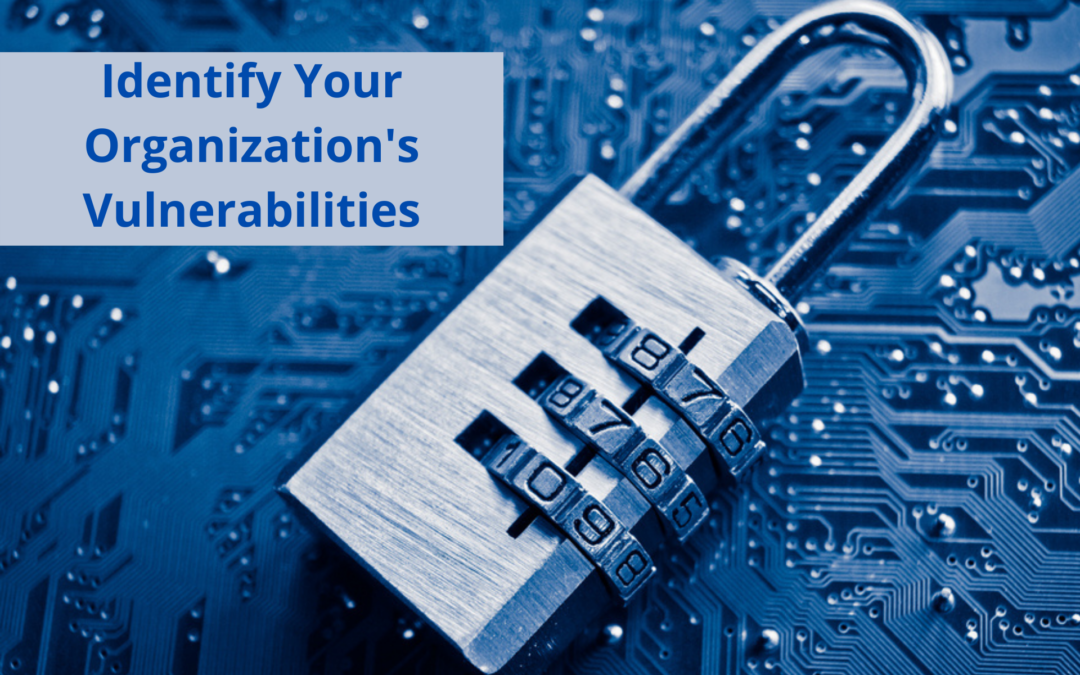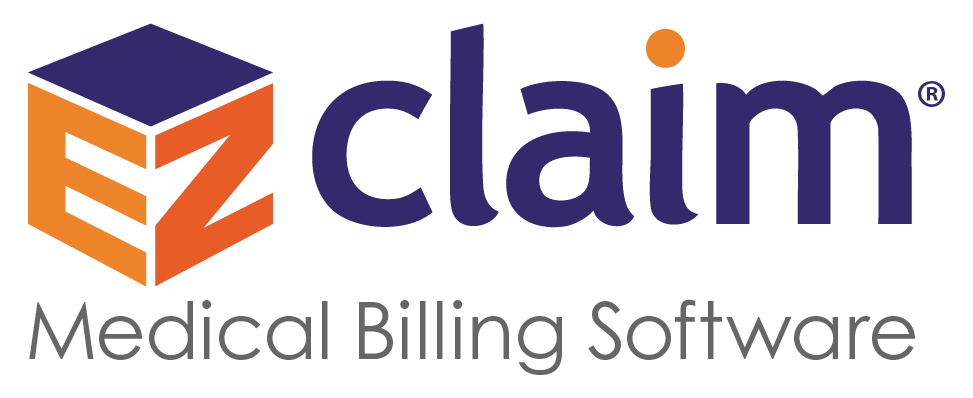
Dec 30, 2021 | Partner, TriZetto Provider Solutions
Are You Getting the Most Out of Your Credentialing?
Enrollment status can greatly affect the dollar amount payers reimburse, and some specialists are opting to go out of network. We weigh the pros and cons of this trend to explain why it may make sense for select providers.
Did you know that reimbursement is directly tied to credentialing? It’s all in the details, and enrollment status can greatly affect the amount payers reimburse. When enrolling as an in-network provider, payers and providers decide on an agreed-upon rate. However, a physician can decide to forgo a traditional contract with a payer and instead choose to be labeled as “out of network”. Of course, they will still be listed as a provider, albeit without the stated reimbursement rates and payment security that comes with having a contract in place.
If you are wondering why this option is appealing to some physicians, just look at common treatments the average healthcare consumer may be familiar with. Every year, most adults and children visit their local eye specialist for an annual exam. An optometrist performing a routine eye exam will most likely receive optimal reimbursement. This service is covered by insurance in the majority of cases and the reimbursement will be within a standard range. However, if this same patient is then referred to an ophthalmologist for advanced cataract surgery, for example, the odds of insurance covering this procedure are less likely. From the standpoint of the ophthalmologist, his credentialing specifics may not matter too much, since he will be paid regardless and the patient is most likely assuming that they will have a large out-of-pocket cost. When all is said and done, the ophthalmologist is set up to take home more than if he was listed as an in-network option. Looking at it through the eyes of the surgeon, it would not make sense financially to be credentialing with payers the traditional way.
The benefit of being in-network boils down to the contracts that determine what providers will be paid. When a provider works with a payer, an agreed-upon rate is determined. If paperwork is filled out correctly and claims are submitted on time, there will not be too many surprises when the time comes to be reimbursed. A provider will know what to expect from a particular service. This process works best for providers that like the security of having a contract in place. However, these contacts with insurance companies often result in providers being paid less than fair market value. The truth of the matter is that fair market value may often be more than payers are willing to pay.
It’s not uncommon for family doctors, or eye care professionals that deliver routine exams like the example mentioned above, to work in-network because the margins are small. For highly specialized services, often considered elective and not covered by insurance, the potential for large reimbursement grows significantly. For instance, let’s say a plastic surgeon performs surgery in their own surgical suite. The procedure may cost $14,000. Through payer reimbursement as an in-network provider, the surgeon receives $4,000. However, if the surgeon is considered out-of-network, they have the ability to negotiate rates, meaning much more could potentially be earned. From the patient’s standpoint, it’s not uncommon for a patient to shop around and expect to use an out-of-network provider anyway for these types of highly specialized services.
When it comes to gaining credentials, an out-of-network provider will not have to go the traditional credentialing route. This question arises: Is it smarter for medical professionals to perform their services as in-network or out-of-network providers? The truth is, a lot of doctors do not actually realize they have the ability to negotiate. It all comes down to how they want to pay, and the power lies with the provider.
Credentialing is complicated, and it helps to have the right partner in place to navigate the path to credentials. TriZetto Provider Solutions (TPS) has experienced credentialing experts in place that can help with every aspect of the process. Visit our TPS partner page to learn more and request a demo.
ABOUT EZCLAIM:
As a medical billing expert, EZClaim can help the medical practice improve its revenues since it is a medical billing and scheduling software company. EZClaim provides a best-in-class product, with correspondingly exceptional service and support. Combined, EZClaim helps improve medical billing revenues. To learn more, visit EZClaim’s website, email them, or call them today at 877.650.0904.

Dec 16, 2021 | EZClaim, Support and Training
From year to year, EZClaim’s Support Team has one thing in mind—to improve continuously—and 2021 has been no different. EZClaim’s Support Team has implemented a new Service Desk—powered by Hubspot—which includes enhanced automation, automated surveys, a comprehensive Knowledge Base, and more. In 2022, we will launch an interactive online chat and more.
Hubspot has allowed EZClaim to go to another level in supporting customers, and with our customer’s help, we can get even better! EZClaim launched an updated ticket website (www.ezclaim.com/ticket) that provides categories to choose from when creating a ticket. These categories are linked to a group of team members that are experts in those categories. That means, if you select the category ‘Importing from EMR,’ your question will go directly to the importing experts. For more tips to help get your answers quickly, please view this support tickets tip page!
EZClaim can also use your help by providing feedback from your support ticket experiences and how easy EZClaim’s Support Team makes it to get your issues resolved. After a ticket, you submit is closed, you will receive a survey in your email. The survey asks you to rate the experience on a scale from 1-7 and provide any comments that you may have from your experience. These survey responses help tremendously by giving us feedback for things we’re doing right and things we need to improve. EZClaim’s mission is to improve continuously, and the best way to improve is to get feedback!
EZClaim is excited to continue to improve the customer experience and we look forward to implementing new and better things in 2022! We would like to thank each and every one of you for your continued support and patronage throughout each and every year.
We hope everyone is safe and healthy going into the holiday season!
All the best,
EZClaim Support
ABOUT EZCLAIM:
As a medical billing expert, EZClaim can help the medical practice improve its revenues since it is a medical billing and scheduling software company. EZClaim provides a best-in-class product, with correspondingly exceptional service and support. Combined, EZClaim helps improve medical billing revenues. To learn more, visit EZClaim’s website, email them, or call them today at 877.650.0904.

Nov 24, 2021 | Live Compliance, Partner
Have you performed and identified your organization’s vulnerabilities with a Security Risk Assessment this year? We understand that achieving and maintaining compliance is a delicate matter as it requires auditing, constant supervision, good staffing, adequate policies, and procedures, along with excellent reporting and investigation of any issues.
The process of assessing and maintaining compliance to any standard is the same, irrespective of the industry but especially when HIPAA compliance is required:
1. Start with a complete understanding of all the rules that you are expected to follow.
2. Establish internal policies and procedures to ensure your organization follows the rules.
3. Regularly check and assess whether or not your organization is following the rules.
4. Address issues whenever you discover the rules are not being followed.
5. Document everything.
6. Perform accurate and thorough Security Risk Assessment(s)
Are you unsure or not clear on what your organization is required to do?
THINGS TO CONSIDER:
● A Security Risk Assessment will target vulnerabilities related to what is potentially exposing Protected Health Information. Correct any potential risks identified within your Technical, Administrative, and Physical deficiencies.
● A Security Risk Assessment should be completed at least twice a year to target vulnerabilities
● Your policies and procedures should be thorough and accurate and reflect the Corrective Action Plan that is determined by the Security Risk Assessment and remediation steps should be taken to correct any deficiencies or vulnerabilities found.
● Workforce training should reflect the organization’s HIPAA Policies and Procedures
Would you like to schedule a compliance team meeting phone conference? If so, please contact support@livecompliance.com or at (980) 999-1585 and one of our compliance support team members will reach out to you.
ABOUT EZCLAIM:
As a medical billing expert, EZClaim can help the medical practice improve its revenues since it is a medical billing and scheduling software company. EZClaim provides a best-in-class product, with correspondingly exceptional service and support. Combined, EZClaim helps improve medical billing revenues. To learn more, visit EZClaim’s website, email them, or call them today at 877.650.0904.

Nov 24, 2021 | EZClaim
In a post-2020 world, consumers now expect every purchase and transaction they make to be personalized, digital, and simple. Groceries can be delivered and paid for with one click of a button. You can try on clothing virtually, get fitted for glasses, and even visit your doctor through your mobile device. To remain competitive, consumer-driven industries have had to create new and innovative ways to engage customers.
The healthcare industry has seen this shift as patients are behaving more like consumers in their healthcare interactions. Switching to a customer-centric mindset can be tricky for the healthcare industry as balancing patient communication and adhering to HIPAA and other regulations is essential. However, these new expectations have opened the door for the medical billing industry to innovate and move forward.
For the medical billing industry, consumers are asking for simplicity and convenience, but they still want choices. According to Healthcare Finance, fewer patients are paying their medical bills by check as the shift to online payment accelerates. It is important for the medical billing industry to understand that while a large segment of older Americans still pays bills through the mail, in-person, or by check, there are growing numbers of patients who prefer an online and mobile bill payment option.
As a solution to the ever-changing environment of payment reconciliation, in 2020 EZClaim launched EZClaimPay with the following features:
-
- Allows medical staff to text and email patients with payment reminders
- Allows patients to make payments on their mobile devices or online
- Save credit cards online for fast easy patient payments
- Gives patients the ability to save and print their own receipts
- Patient payments made online import directly to your EZClaim Billing program
- Collect payments 24-hours a day with no change to your “schedule”
In a rapidly changing world that is becoming more technology-based, the medical billing industry must keep up with current consumer trends. EZClaimPay is an excellent tool to keep your practice cutting edge and offers your patients the latest in bill-paying options.
ABOUT EZCLAIM:
As a medical billing expert, EZClaim can help the medical practice improve its revenues since it is a medical billing and scheduling software company. EZClaim provides a best-in-class product, with correspondingly exceptional service and support. Combined, EZClaim helps improve medical billing revenues. To learn more, visit EZClaim’s website, email them, or call them today at 877.650.0904.

Nov 18, 2021 | Partner, TriZetto Provider Solutions
With two more states recently joining the list of locations that allow Full Practice Authority, many nurse practitioners are exploring the option of operating independently. As the need for qualified healthcare professionals continues to grow and the ability for NPs to practice independently continues to increase, quickly gaining credentials and navigating compliance challenges becomes more and more important.
Recently, Massachusetts and Delaware became the latest states to enact Full Practice Authority (FPA) for nurse practitioners (NPs), bringing the total number of states to 24. With this new inclusion, nearly half of U.S. states now allow nurse practitioners to operate on their own. Essentially, this means that registered nurses can practice independently from physicians, allowing for more autonomy in their careers and the care they provide.
So why this is significant? This means that registered nurses can practice independently from physicians, allowing for more autonomy in their careers and the care they provide. Nurses are no longer “tied” to physicians, so to speak.
These new laws cannot come at a better time. We know that the amount of practicing medical doctors has dwindled in recent years, due to the pandemic and many providers leaving the field. This has led to a short supply of physicians in the U.S., which has only 2.6 practicing physicians per 1,000 people, compared to 4.3 in Sweden and 3.2 in France. This decrease is driving unprecedented demand for nurse practitioners (NPs), with an expected increase of 52% through 2029.
Traditionally, state practice and licensure laws required NPs to have a career-long collaborating or supervising physician to provide patient care. However, with more and more states allowing Full Practice Authority, now nearly half of U.S. states now allow nurse practitioners to operate on their own. But in order for NPs to move forward with independent practice, credentialing is essential. How can nurse practitioners looking to establish their own practices quickly gain credentials and painlessly navigate the challenges of compliance?
Operating independently means nurses need to establish credentials as a standalone provider to be eligible for in-network status to receive physician-level reimbursements. These tasks, and complying with the Council for Affordable Quality Healthcare’s (CAQH) requirements, can be taxing and time-consuming, even for the most seasoned professional. Creating a new CAQH application is highly manual, and the required quarterly updates for re-attestation can be onerous. Extensive credentials including education, residency, internships, and peer references are also required, which require time to gather information and resources. It’s not an exaggeration to say that many hours must be spent uploading copies of licensing information, board certifications, DEA registration, and insurance certificates.
NPs looking to leave their current situation may need help navigating credentialing challenges. Partnering with a third-party provider to help manage credentialing lightens the load and allows nurses to focus on patient care. TriZetto Provider Solutions (TPS) offers an end-to-end credentialing service that ensures continuous payer follow-up and insight into enrollment status.
Discover the most painless way to gain credentials. Visit our TPS partner page to get started.
ABOUT EZCLAIM:
As a medical billing expert, EZClaim can help the medical practice improve its revenues since it is a medical billing and scheduling software company. EZClaim provides a best-in-class product, with correspondingly exceptional service and support. Combined, EZClaim helps improve medical billing revenues. To learn more, visit EZClaim’s website, email them, or call them today at 877.650.0904.






